Deck & Commander Strategies
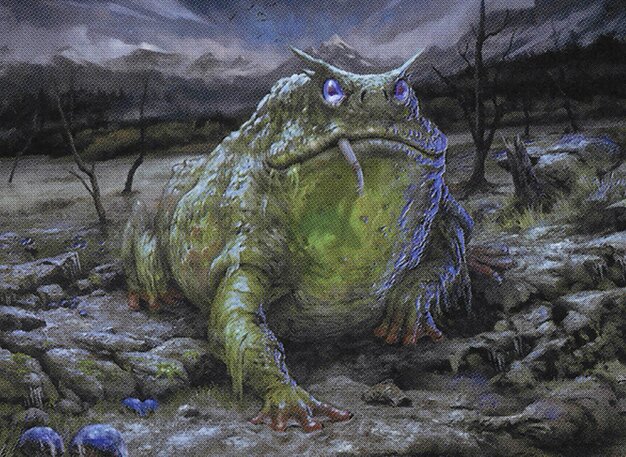
Grolnok, the Omnivore
Mill cards to exile and replay them with the commander for card advantage and deploying large creatures rapidly to overwhelm opponents.

Svella, Ice Shaper
Ramp aggressively with snow permanents and untap engines to repeatedly activate the commander's ability, casting multiple spells and filtering through the deck.
Finn, the Fangbearer
Use creatures with death touch and evasion to deal combat damage, applying poison counters to opponents and winning through poison.
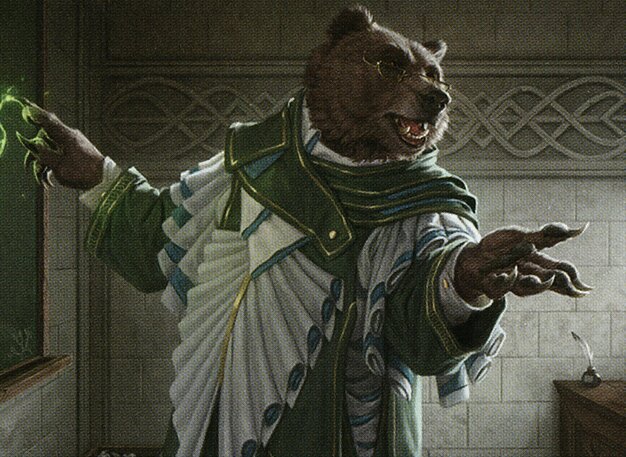
Ruxa, Patient Professor
A zero creature build focused on casting instants and sorceries for control and card advantage, leveraging a strong spell-based game plan despite a minimal mana base.
Gameplay Insights
- 1
The milling and replay mechanic with Grolnok allowed converting the graveyard and exile into a resource, generating incremental advantage despite budget constraints.
- 2
Svella's deck emphasized snow permanents to fuel multiple activations of the commander's ability in a single turn, maximizing spell casting efficiency.
- 3
Finn's poison counter strategy created an alternate win condition that pressured opponents to respond quickly or face a slow but inevitable defeat.
- 4
Use of ramp enchantments like Utopia Sprawl was crucial in accelerating mana development in these low-budget decks, enabling quicker deployment of threats.
- 5
The zero creature build with Ruxa demonstrated a viable control and value-oriented approach even within strict budget limits, relying on instants and sorceries.
Notable Cards
-
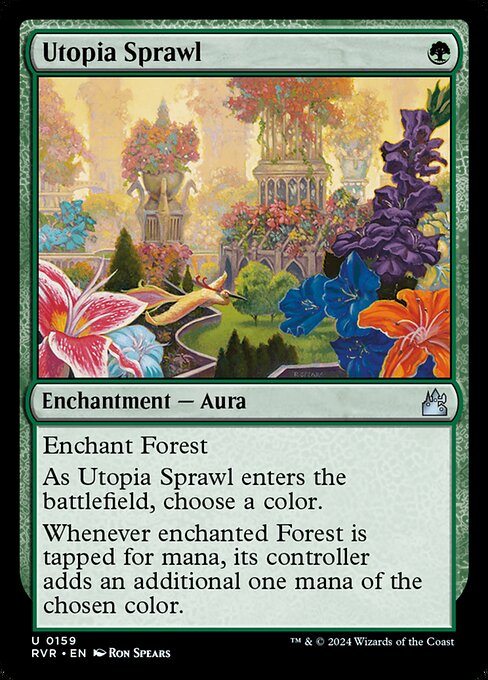
Utopia Sprawl
-
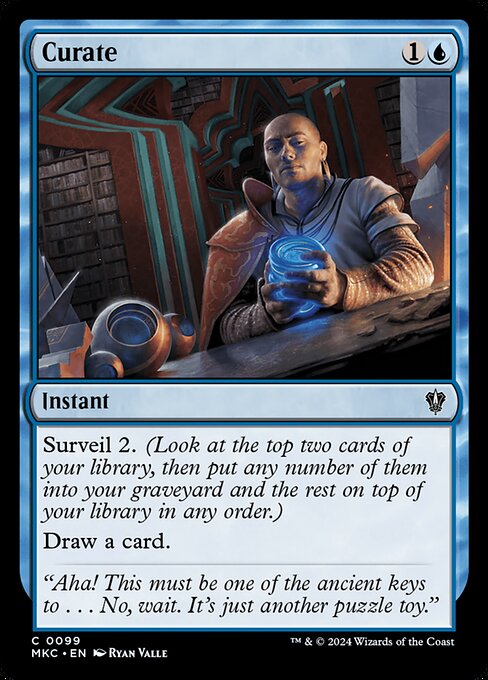
Curate
-
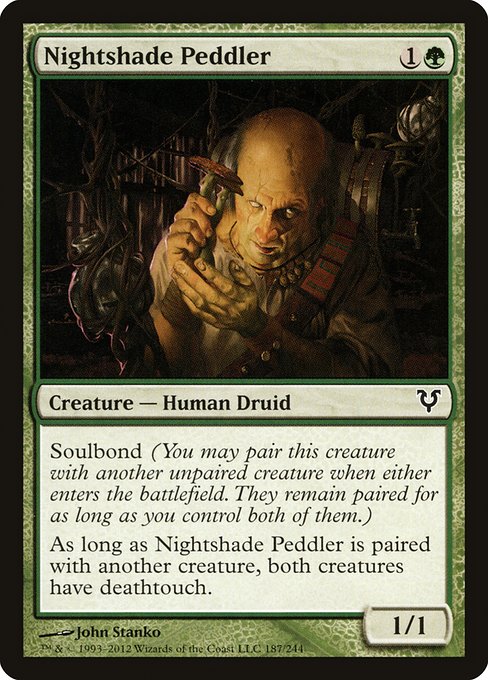
Nightshade Peddler
-

Command Tower
Gameplay Summary
The game started with all four players using $20 budget decks assigned randomly in a white elephant style.
Each deck featured unique strategies reflecting their commanders.
Early turns involved ramping and setting up board presence, with players carefully managing their limited resources.
Notably, Grolnok, the Omnivore's deck focused on milling cards to exile for replay and card advantage, aiming to deploy big threats quickly.
Svella, Ice Shaper's deck aimed to ramp hard and repeatedly activate powerful spell abilities using snow permanents and untap engines.
Finn, the Fangbearer's deck centered on leveraging death touch creatures to poison opponents via combat damage, supported by green ramp and evasive creatures.
Ruxa, Patient Professor's deck was a zero creature build relying heavily on instants and sorceries, focusing on control and card advantage despite its fragile mana base. Key moments included the deployment of ramp enchantments like Utopia Sprawl and creatures with death touch that applied poison counters steadily.
The milling and replay mechanics of Grolnok's deck created pressure by generating value from the graveyard and exile zones, while Svella's snow artifact synergies allowed multiple spell casts, filtering through the deck and triggering powerful effects.
The poison counter strategy from Finn's deck introduced a potent alternate win condition, forcing opponents to adapt.
Gameplay revolved around balancing board development, resource acceleration, and managing threats from multiple angles, with each deck staying true to its budget constraints yet delivering meaningful interaction and diverse paths to victory.





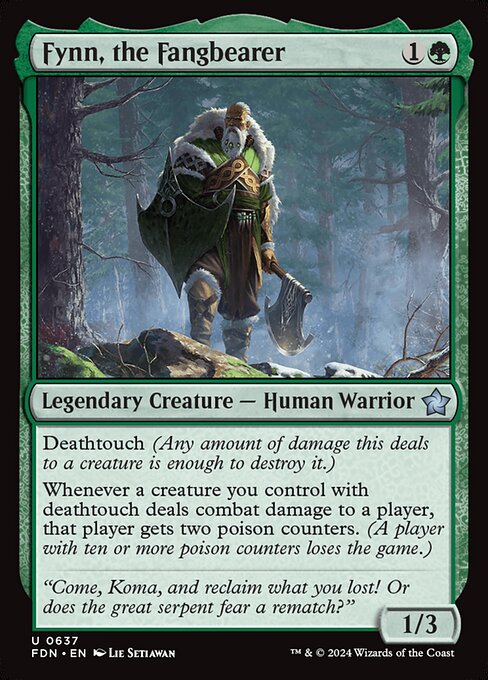












































![Herumkommandiert #07 | EDH Commander Gameplay [Deutsch] thumbnail](https://i.ytimg.com/vi/3ZrvBfp1e9w/sddefault.jpg)